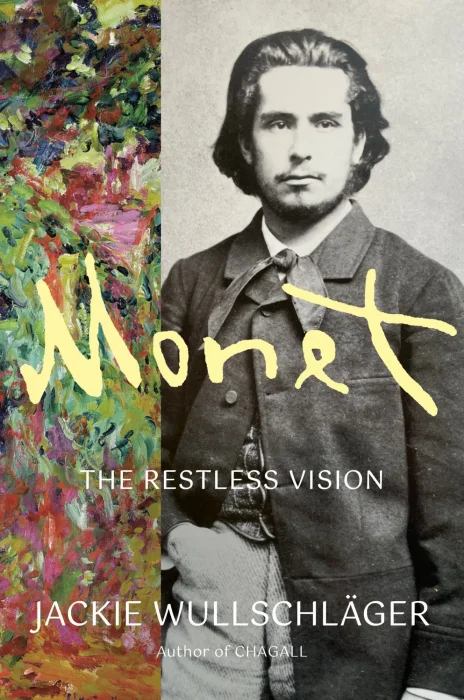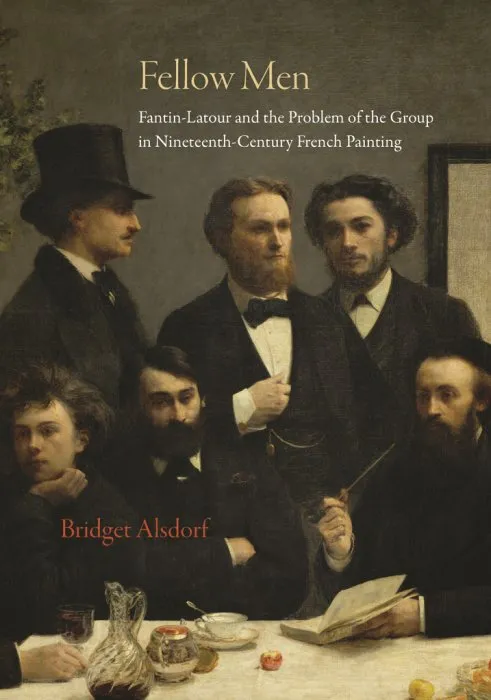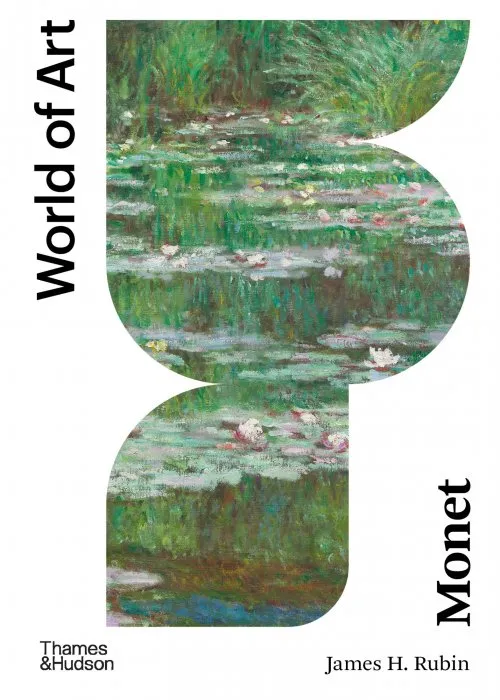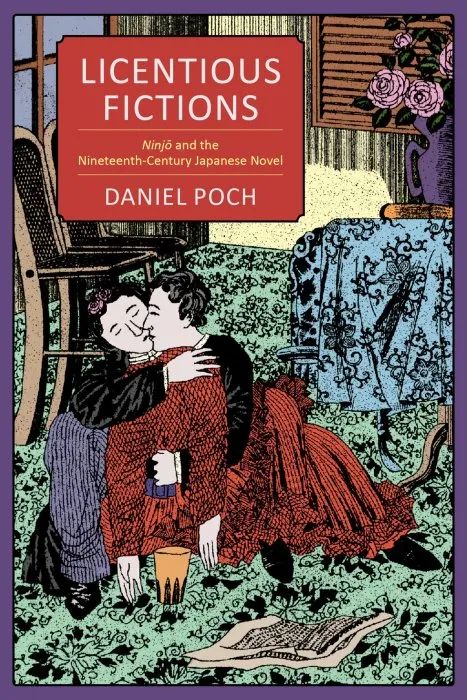Gawkers: Art and Audience in Late Nineteenth-Century France
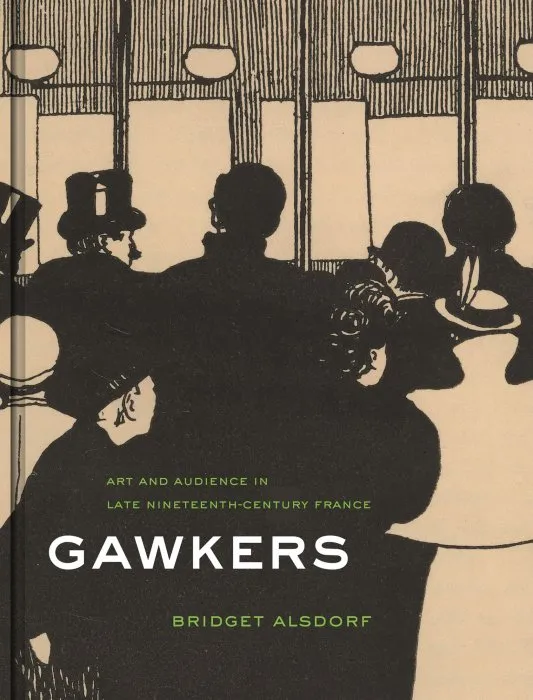
Date: March 1st, 2022
ISBN: 0691166382
Language: English
Number of pages: 296 pages
Format: EPUB
Add favorites
How the urban spectator became the archetypal modern viewer and a central subject in late nineteenth-century French art
Gawkers explores how artists and writers in late nineteenth-century Paris represented the seductions, horrors, and banalities of street life through the eyes of curious viewers known as badauds. In contrast to the singular and aloof bourgeois flâneur, badauds were passive, collective, instinctive, and highly impressionable. Above all, they were visual, captivated by the sights of everyday life. Beautifully illustrated and drawing on a wealth of new research, Gawkers excavates badauds as a subject of deep significance in late nineteenth-century French culture, as a motif in works of art, and as a conflicted model of the modern viewer.
Bridget Alsdorf examines the work of painters, printmakers, and filmmakers who made badauds their artistic subject, including Félix Vallotton, Pierre Bonnard, Henri de Toulouse-Lautrec, Honoré Daumier, Edgar Degas, Jean-Léon Gérôme, Eugène Carrière, Charles Angrand, and Auguste and Louise Lumière. From morally and intellectually empty to sensitive, empathetic, and humane, the gawkers these artists portrayed cut across social categories. They invite the viewer's identification, even as they appear to threaten social responsibility and the integrity of art.
Delving into the ubiquity of a figure that has largely eluded attention, idling on the margins of culture and current events, Gawkers traces the emergence of social and aesthetic problems that are still with us today.
Gawkers explores how artists and writers in late nineteenth-century Paris represented the seductions, horrors, and banalities of street life through the eyes of curious viewers known as badauds. In contrast to the singular and aloof bourgeois flâneur, badauds were passive, collective, instinctive, and highly impressionable. Above all, they were visual, captivated by the sights of everyday life. Beautifully illustrated and drawing on a wealth of new research, Gawkers excavates badauds as a subject of deep significance in late nineteenth-century French culture, as a motif in works of art, and as a conflicted model of the modern viewer.
Bridget Alsdorf examines the work of painters, printmakers, and filmmakers who made badauds their artistic subject, including Félix Vallotton, Pierre Bonnard, Henri de Toulouse-Lautrec, Honoré Daumier, Edgar Degas, Jean-Léon Gérôme, Eugène Carrière, Charles Angrand, and Auguste and Louise Lumière. From morally and intellectually empty to sensitive, empathetic, and humane, the gawkers these artists portrayed cut across social categories. They invite the viewer's identification, even as they appear to threaten social responsibility and the integrity of art.
Delving into the ubiquity of a figure that has largely eluded attention, idling on the margins of culture and current events, Gawkers traces the emergence of social and aesthetic problems that are still with us today.
Download Gawkers: Art and Audience in Late Nineteenth-Century France
Similar books
Information
Users of Guests are not allowed to comment this publication.
Users of Guests are not allowed to comment this publication.
